Social platform analysis
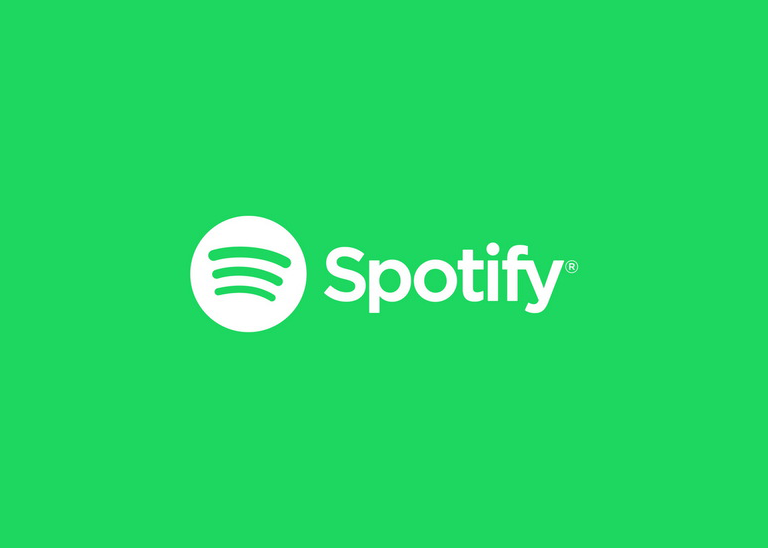
Spotify
Spotify is a world-wide streaming platform that gives you access to digital music and podcasts based on a subscription type payment method. This means Spotify can be used for free with advertisements or be upgraded for a price of around $12 a month for unlimited access to all content ad free. Spotify only allows access to content through their apps meaning you cannot download or export any of the content available, though it may be downloaded on other platforms.
Spotify was mainly used as a music streaming platform. The draw card is that you have nearly the entire marketplace of music in the world in one streaming app, and all for a considerably small monthly subscription fee. Spotify has no branched out to include a large podcast too. This opens the target market and has people spending even more time on the platform.
Spotify can be seen as a marketing tool in some ways. The return on Spotify revenue is much smaller for artists not breaking over a million streams, so particularly in the electronic music world, Spotify can be seen to convert users in the DJ market onto higher paying platforms such as Beatport where the price of a song is typically around $2.
Spotify can be an amazing analytic tool for touring artists as well. The backend of Spotify collects data relating to streaming numbers and what areas of the world these streaming numbers are coming from, right down to the specific city. This can be used to really nail down where an artist should be touring and even help in the booking process for an artist.
Spotify casts a wide web when it comes to their target market. With something for everyone on the platform including catering to different languages, ages, music listeners, podcasts targeting various tastes.
With regards to geographical statistics, it shows Spotify being available in 79 different markets around the globe. Europe being the largest market, with North America in a close second, according to quantum marketer.
Sources:
https://quantummarketer.com/spotify-statistics/
https://pocket-lint.com/apps/news/spotify/139236-what-is-spotify-and-how-does-it-work
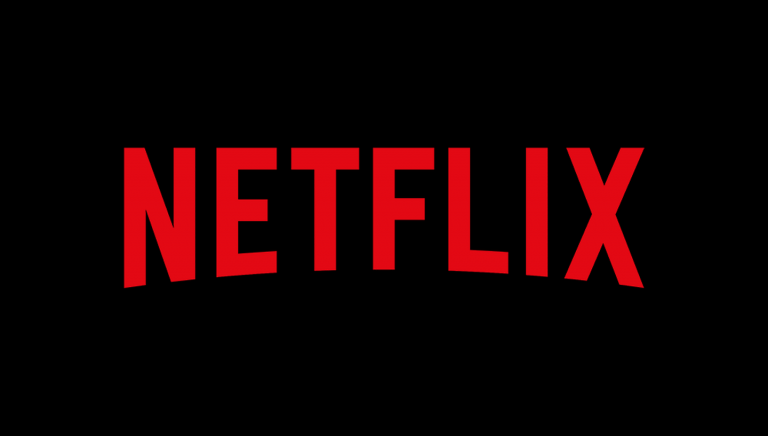
Netflix
Netflix, like Spotify, is a subscription-based platform that started off in the DVD rental space. In 2010 they expanded their platform to an online model that allows users a wide range of TV shows and Movies for a monthly fee of around $14. Netflix offers this without the use of ads or any free subscription. One signed up the consumer has access to an abnormal amount of viewing content based on their territory, meaning content is available in some territories and not others. Netflix only allows access to this content through their platform and the content is unable to be exported from the platform.
This platform can be used from any device able to be connected to the internet, including iOS, Android, or Windows 10. Netflix is even able to be streamed to TV using Chromecast and comes built into most Smart TVs on the market today.
As well as having access to worldwide movies and TV shows, Netflix also produces its own ‘Netflix Originals’ and ‘Netflix Specials’ that are only available on Netflix, not on any other streaming platforms or TV channels.
Netflix aims to target young, tech-savvy users as well as anyone with digital connectivity. They also cater to the child audience with children shows in their dedicated “kids’ section”. They also target based on territory. For example, if a user is based in Italy, they will display options in their native language as well as from territories around them.
Netflix has many competitors in different territories such as Hulu (USA), Disney + (Worldwide), HBO Max (USA), Stan (Worldwide) and Hayu (Aus). Although Netflix has a key strength in its originality and quality of content produced on the platform, excluding their use of content not produced by them.
This strength really comes to light through their Emmy Nominations in the year 2020. Compared to traditional television networks, Netflix acquired 160 nominations compared to networks such as HBO (107), NBC (47), Fox (33) and CBS (23).
Sources:
https://help.netflix.com/en/node/412
https://bstrategyhub.com/swot-analysis-of-netflix-2019-netflix-swot-analysis/
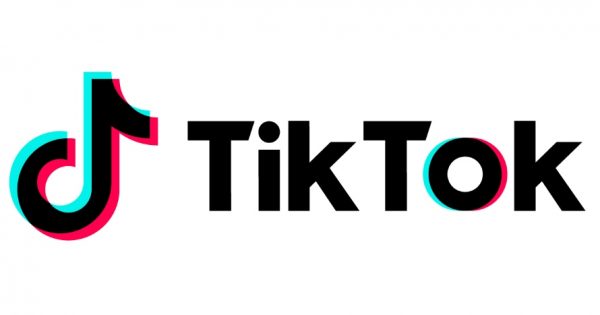
TikTok
TikTok began its journey on the app Musical.ly. Musical.ly was a platform highlighting shortform content from users with a large amount of music and dialogue for users to lip sync and dance to. The platform became increasingly popular with users sharing their videos through Instagram and amassed fame for many creators before being taken over by Chinese company ByteDance and being transformed into TikTok in 2018.
TikTok shares the short form and fast paced content of its predecessor although not only being surrounded by music and dialogue, and now introducing short form comedy in skits, podcast clips, news (and fake news) and influencer marketing.
There is many uses for TikTok. The platform has a over 1 billion monthly active users as of the beginning of 2022 and is expected to grow to 1.8 Billion by the end of 2022. This is an enormous market to cater to and with TikTok’s catered algorithm, marketing and analytics are easily accomplished.
According to Demand Sage, TikTok is leading the other social media platforms in engagement rates. Compared to Instagram and YouTube, TikTok has a 17.96% engagement rate on its content for Micro influencers and 4.96% for Mega influencers. This is compares to 3.86% (Micro influencers) and 1.12% (Mega influencers) on Instagram, and 1.63% (Micro Influencers) and 0.37% (Mega influencers) on YouTube.
Those astounding numbers show how beneficial TikTok can be as a marketing tool, just based off user engagement. This as well as paid targeted advertisements should make TikTok an excellent marketing tool.
TikTok’s current demographic is quite astounding. With 57% of users being female and 43% being male. Despite being able to cater to most age groups, TikTok boasts nearly 43% of its global users being between the ages of 18 and 24 years old. As well as 32% of users being aged between 25 and 34 years of age. This shows Tik Tok being a very gender diverse platform aimed at targeting the younger generation more so than the slightly older demographic.
Sources:
https://influencermarketinghub.com/what-is-tiktok/
https://www.demandsage.com/tiktok-user-statistics/
https://www.omnicoreagency.com/tiktok-statistics/
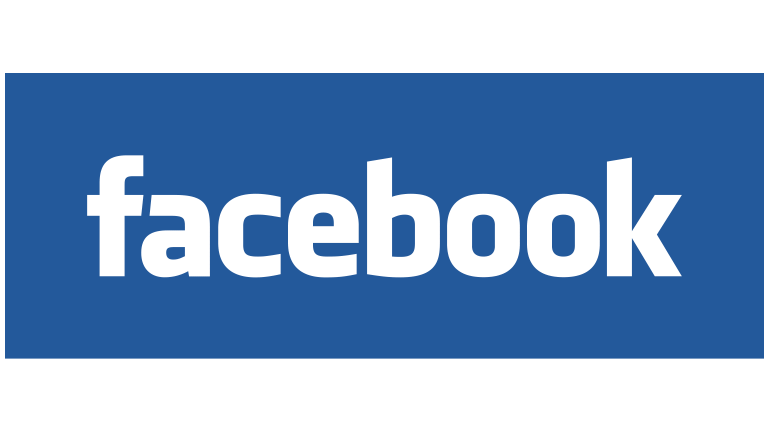
Facebook is platform that was originally built for college students to connect but has now become the largest social media platform in the world with nearly 3 billion users. Created in 2004 by Mark Zuckerberg at Harvard University. Facebook allows people to create an online profile and connect with friends from all over the world, sharing photos, videos, events, and even share thoughts. This was the fundamental use of the platform but now it has become so much more.
Facebook has grown to incorporate many different social media applications. For example, Facebook now has a full functioning marketplace where users can sell items and services, very similar to eBay. As well as this, with respects to the music industry, Facebook has now become a useful tool for marketing. Facebook uses paid advertising for companies to now market to target audiences based on age, location, likes and dislikes. This is a big thing for event companies, artists and even music venues to be able to market their ads towards their target market.
Facebook has its very own analytical tools as well that are used to gather useful insights. These are Facebook Business Suite, Creator Suite, and Facebook Insights. Each of these in-platform tools are used to gather useful data from across Facebook that can then be sued to retarget audiences and even build audiences for new marketing endeavours. It’s amazing how Facebooks built in analytics tools can support in the marketing process on their platform.
Facebook is currently the top social media app for men and women aged 35-44 years. With most of its users aged 25-34. With so much to offer across the platform and their now integration with Instagram, it’s no wonder Facebook is still used as a ‘base’ social media platform for so many, mainly millennials. Millennials have grown up from very young ages with the platform, making it harder and harder to get off as time goes on and more of their lives are uploaded and documented on the platform.
Sources:
https://edu.gcfglobal.org/en/facebook101/what-is-facebook/1/
https://blog.hootsuite.com/facebook-analytics-insights-beginners-guide/
https://sproutsocial.com/insights/facebook-stats-for-marketers/
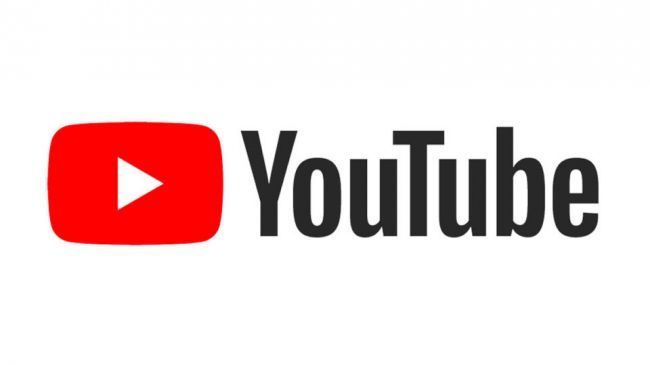
YouTube
YouTube is a free video sharing website to be concise. It was created on February 14th in 2005 in San Bruno California. YouTube allows users of their site to watch, like, share, comment and upload their own videos which is easily accessible on PC, Laptop, tablet and mobile. YouTube uses a popularity system that encourages likes, shares, and subscribes to excel on the platform.
YouTube can be used for so many different applications. So many different types of videos can be found on YouTube, from popular visual content creators, tutorials, vlogs, kids’ material. According to lemonlight, the most popular videos still topping the charts on YouTube are music videos and kids’ content. As well as these videos, Yoga videos are still on a consistent rise. Being popular before 2020, they had a large spike due to the pandemic, as did many forms of YouTube content including quarantine vlogs, prank videos, and cooking videos.
YouTube is not just an awesome way to kill a few hours with great content, it’s also a great form of marketing. YouTube is the worst second largest search engine (behind Google Search). This means it can really help improve your SEO and accessibility as it is unique way for viewers to watch and share your content.
The demographic of YouTube is extremely diverse. With so much content delivered each day, YouTube offers something for most age groups and communities. In 2021 81% of U.S adults say they use YouTube in 2021. While YouTube also has over 2 billion users, making up almost one entire third of the entire internet users. While YouTube is used by most age demographics, 56% Gen Z users admitted to new products most often on YouTube, compared to 26% of Boomers.
Sources:
https://edu.gcfglobal.org/en/youtube/what-is-youtube/1/
https://www.lemonlight.com/blog/what-do-people-watch-most-on-youtube/
